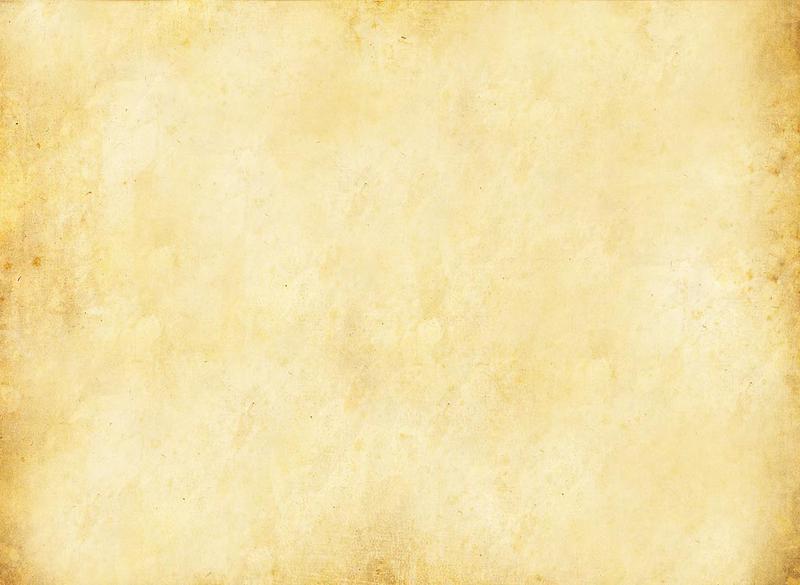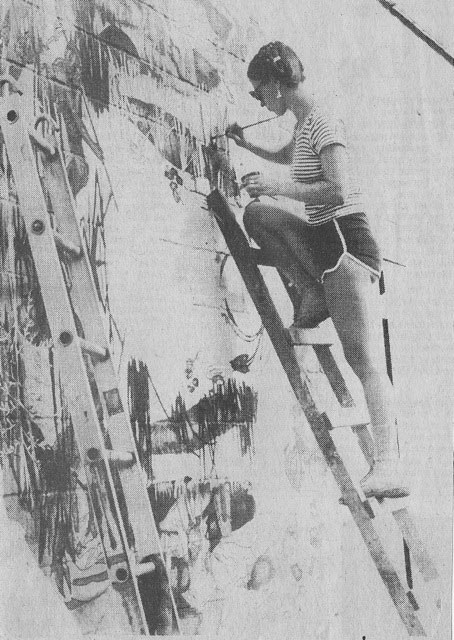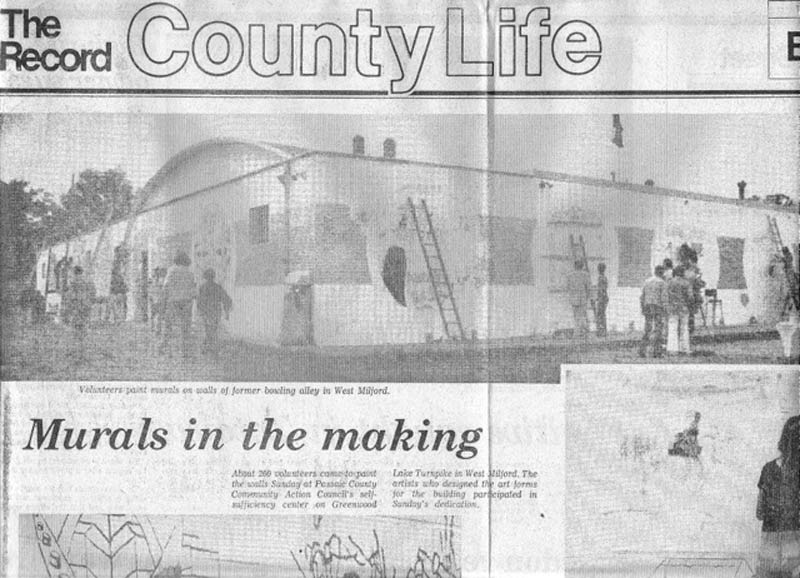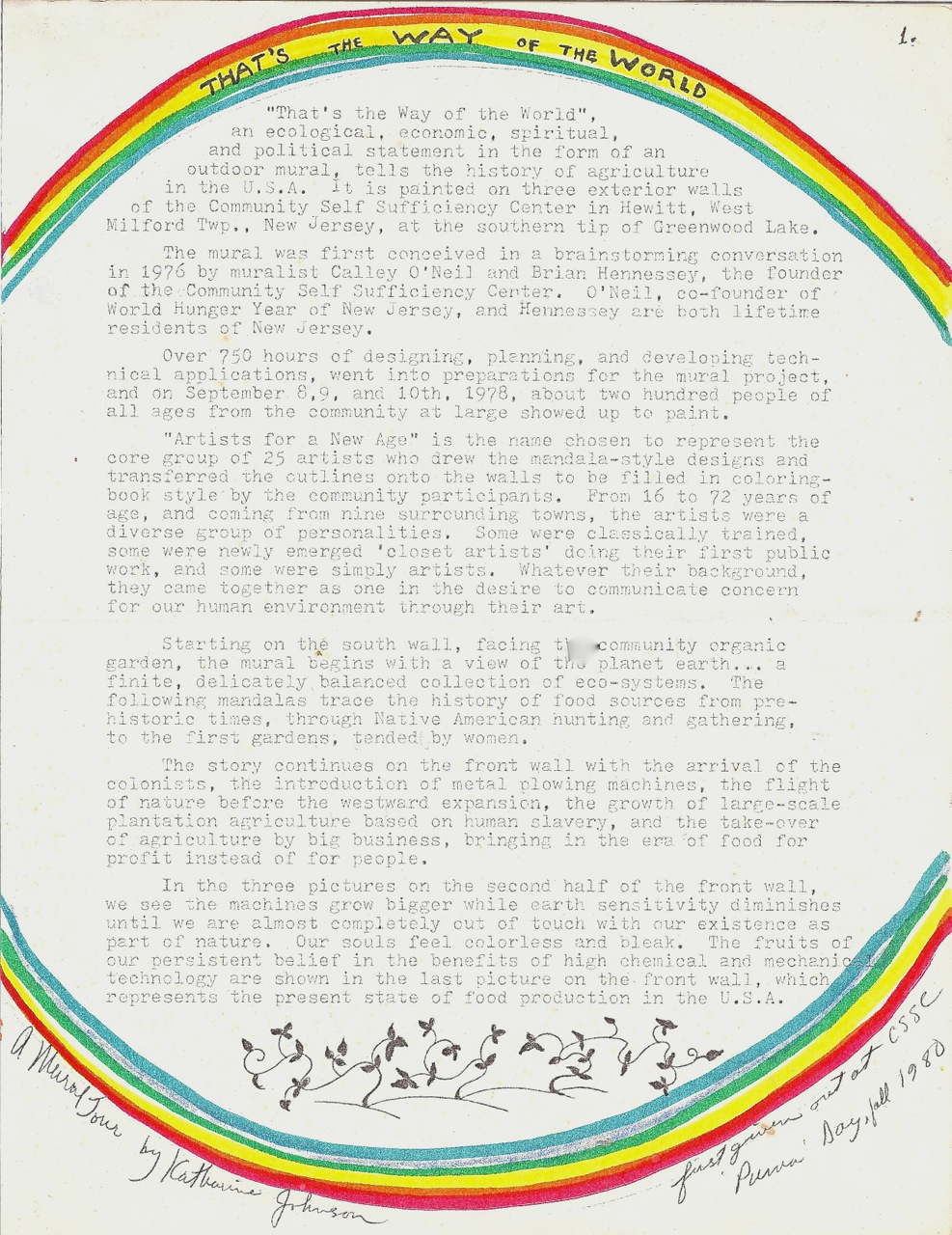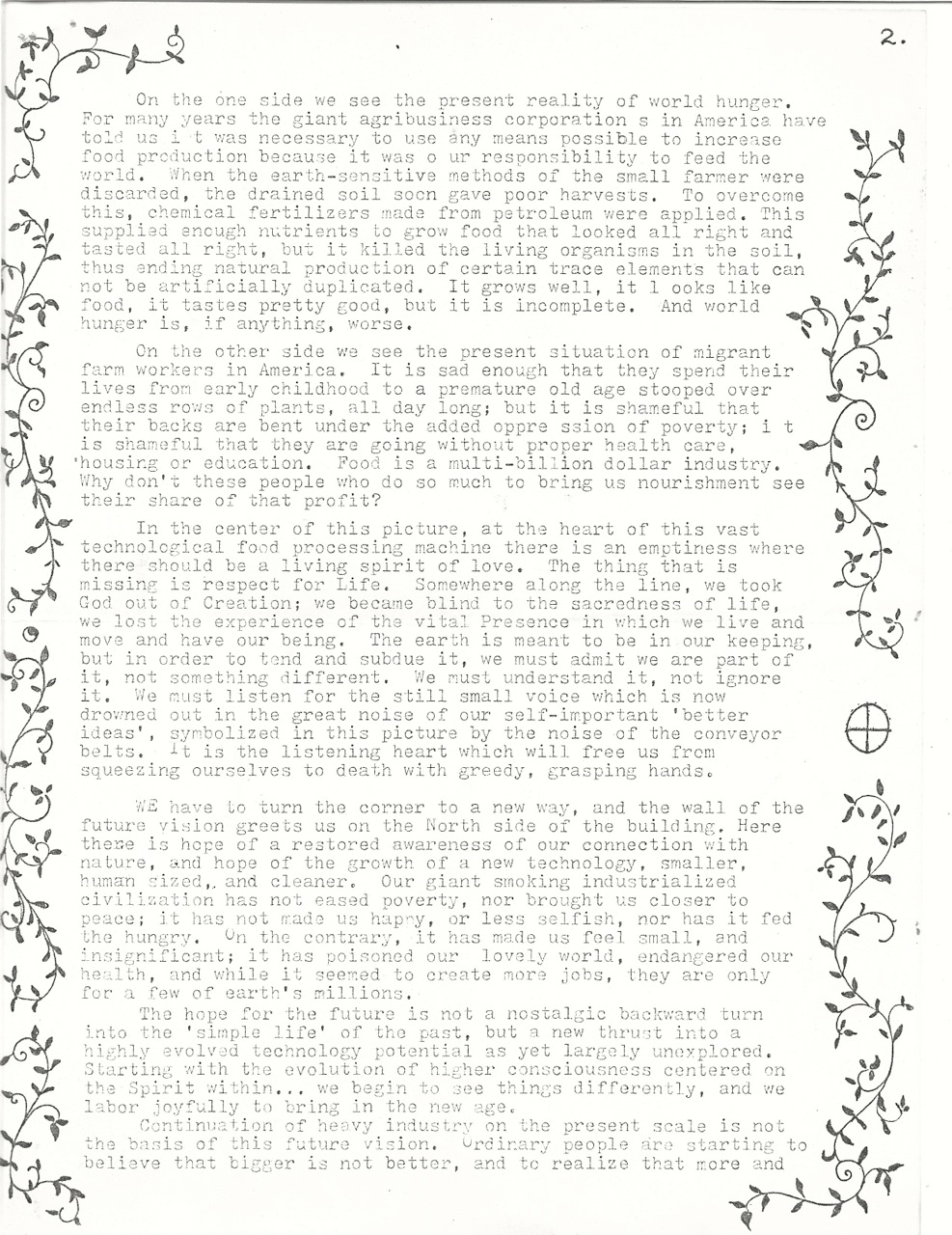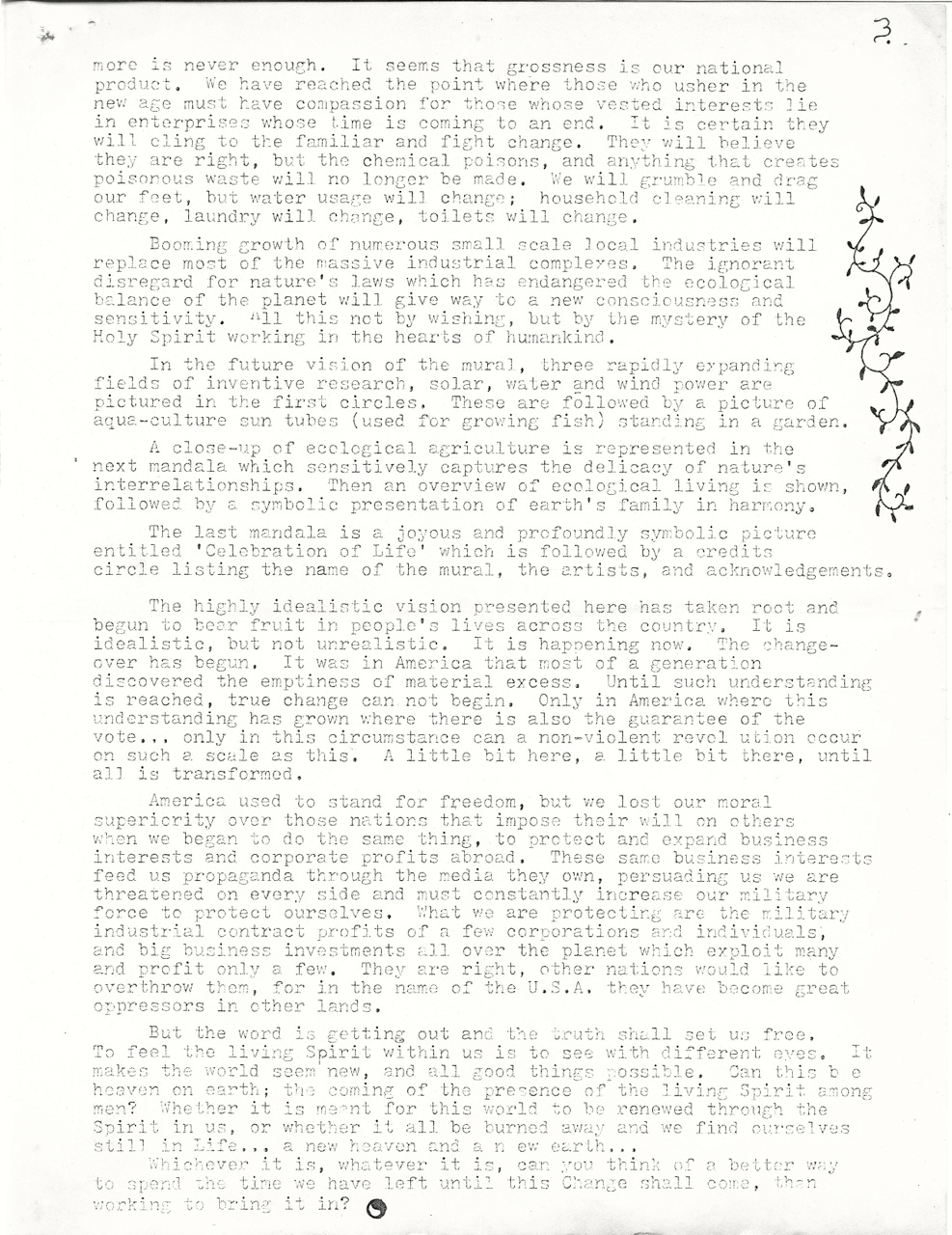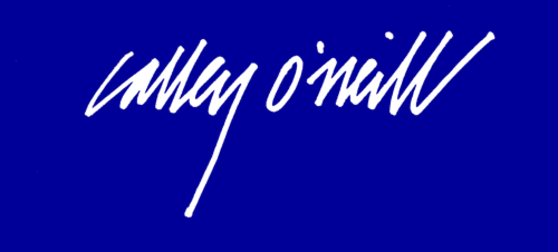Email: Calley@CalleyO'Neill.com
That's the Way of the World,
A Mural on the History of Agriculture in the United States
That’s the Way of the World, A Mural on the History of Agriculture in the United States, 1978 (7,000 sq. ft.) was a Politec glaze painting on concrete. As Calley's Goddard College Master’s degree project in social ecology, the massive mural was painted in collaboration with 12 talented local artists. This mural wrapped three walls of the Community Self Sufficiency Center in Hewett, New Jersey, for which Calley received the Director’s Discretionary Grant from the New Jersey State Council on the Arts.
This 7,000 square foot agriculture mural was a whale of a first effort in Calley’s sincere quest to become a public artist. Driven by her growing desire to make a difference in the world, fueled by her intensive studies of the Mexican mural masters, and prompted by a big request from a friend, she was off and running.
At that time, her dear friend Brian Hennessey was the founder and director of The Community Self-Sufficiency Center in Hewett, New Jersey and asked if she would consider painting a mural on the huge defunct bowling alley that he was turning into a community center. The fledgling center focused on agriculture, energy and community skill building. In her enthusiasm, Calley jumped in to the project that promoted self-reliance, and her research and public art project was transformed into her Master’s degree project in Social Ecology at Goddard College, Plainfield, Vermont.
The project attracted an excellent team of local artists, and the flurry of activity grabbed the attention of famed author/artist Dr. Frederick Franck (1909 – 2006). And so it was that one day, a dark Mercedes drove up and several of the artists came running to get Calley. They were excited to share that Dr. Franck wanted to meet the artist that was spearheading this unusual art happening. He loved it! This meant more to Calley than any of the generous media attention that the project attracted ~ for Dr. Frederick Franck was a treasure.
Aside from his prolific and masterful drawing and contemporary sculpture, he authored a combined 30 books on Buddhism and art. Dr. Franck created a special concert hall and sculpture garden and park at his home in Warwick, New Jersey, Pacem in Terris (Peace on Earth) with 30 of his sculptures. This he created from an old grist mill and dump site on 6 acres of land, turning into a paradise and center of culture and music for the community. Frederick became a valued mentor and role model for Calley.
As Calley is a gardener and advocate of food self-sufficiency, the theme of the history of agriculture in the United States was near and dear to the artist’s art. In accord with her modus operandi of thorough research, this study proved most educational. Noteworthy amidst her learning was the fact that two hundred years ago, 97% of United States residents were farmers. Now farmers are not even counted in the US census because they number fewer than 3% of the population. Most of these are over the age of 60.
The obvious point of the mural was to graphically depict the dramatic disconnect of people from the land, the farms, horticulture, stewardship and the living soil, that happened in a very brief period of time.
The creatively 'morphing' border went a long way toward this end. At the center of the bottom of the crescent shaped cornucopia that wrapped each of the large mandalas, were hands. The hands grew larger and larger as small-scale horticulture shifted to agriculture and finally into corporate chemically-based, energy, water and fertilizer intensive agribusiness where the hands on the border became huge and domineering. Yes, much good and an amazing quantity of food have come from this agriculture yet much of the quality, nutrition, spirit and life of the land has been lost.
Art and Soul for the Earth
Big Island of Hawai'i
